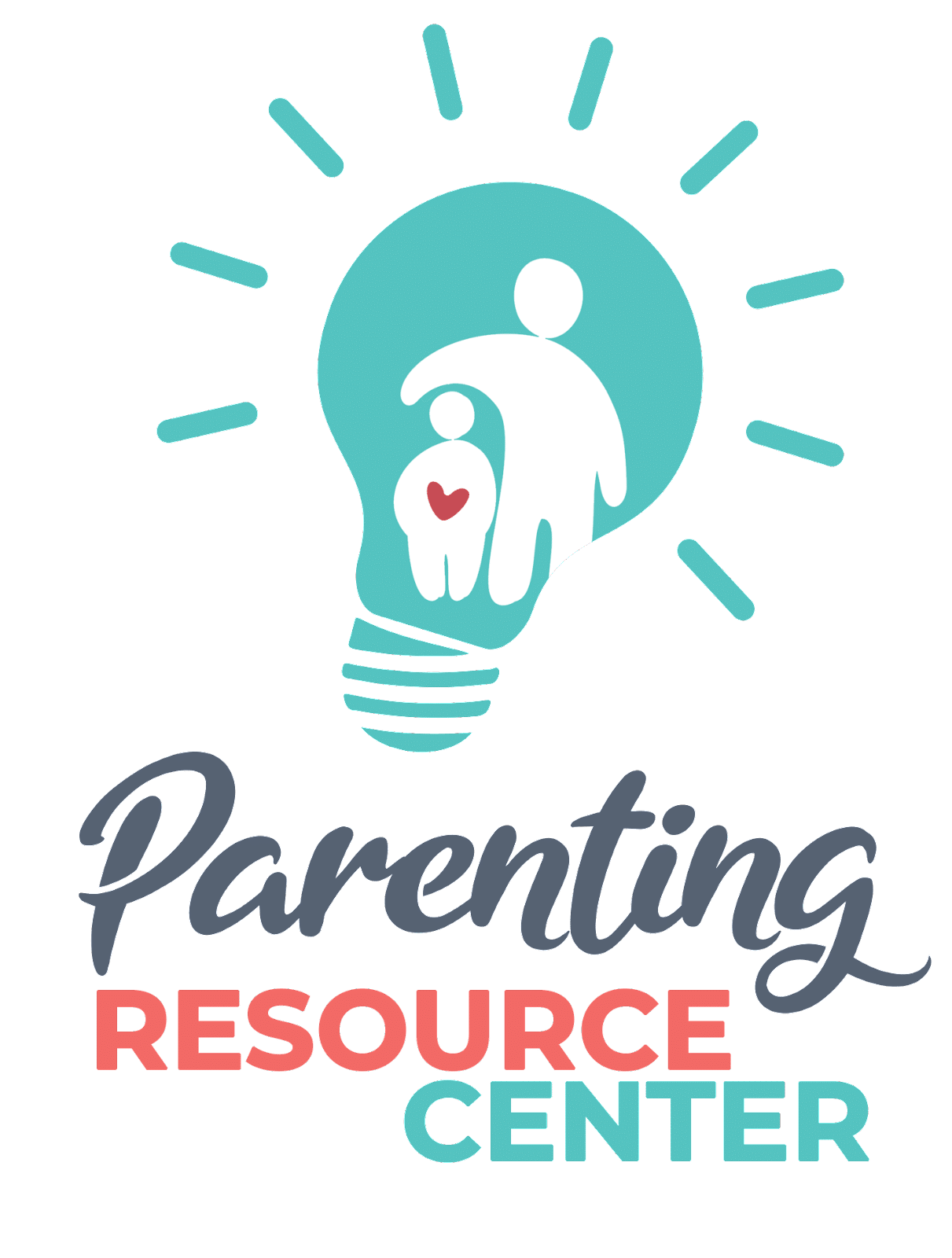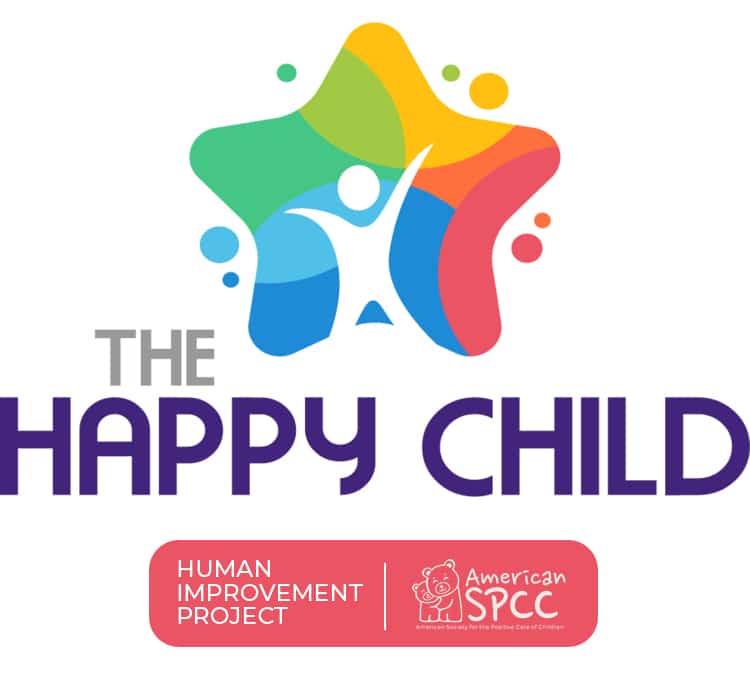Help us with your feedback!
TOGETHER IN HEALING
HOLIDAYS CAN BE HARD
Support Families & Community
- Caregiver Resilience
- Social Connections
- Encourage Learning
- Support
- Social & Emotional Competence
Boost caregiver resilience
The reality is there will always be stress in life, whether due to financial challenges, health issues, divorce, or other hardships. Yet research shows that how parents respond to stressful situations – whether they have the capacity to cope in a healthy way and the skills to buffer kids from the stress of the situation – is much more important than the stress itself in determining family outcomes.
And we as individuals and as communities can play a part in supporting families.
When caregivers are able to manage stress and function well even in the face of adversity, children can continue to develop in healthy, positive ways. Here are two ways to help:
ENCOURAGE SELF CARE
Ask parents and caregivers about how they’re taking care of themselves and, if they’re open, be ready with ideas and suggestions.
TAKE THE PRESSURE OFF
Want to learn more about how your community can support children and families?
Visit the Center for the Study of Social Policy to find resources on how communities and philanthropic organizations can and are helping.
Set up social connections
When parents and caregivers have meaningful relationships built on mutual trust and respect, the whole family benefits — children included. Supportive social connections help buffer parents from the stresses of life and boost their ability to nurture others.
MAKE CONNECTIONS
MAP OUT SUPPORT
Encourage learning about parenting & child development
We are all continuously learning about our children and how to care for their changing needs. Science helps us understand how children grow and develop, and how caregivers can best help them.
Here are two ways to help:
BE A ROLE MODEL
Model positive, nurturing interactions, play, and communication with kids and their parents or caregivers. Talk about what kids are doing developmentally and, if you can, praise positive interactions.
To learn more about kids’ development, check out one of these resources:
BE A RESOURCE
Help parents or caregivers identify trusted sources for parenting advice. This might be people they know, websites, social media communities, etc. You can also help connect parents or caregivers to parenting classes, either online or in your community. If it seems appropriate, consider attending yourself to share the experience.

Explore and share American SPCC’s Parenting Resource Center – an online library of easily accessible, reliable, and actionable parenting resources.

Check out the The Happy Child parenting app, and share it with others who may benefit. Backed by solid research from top parenting experts, The Happy Child helps families forge deeper bonds. Two-thirds of users describe the app as “life-changing,” and 98% use the concepts they learn in their families.
Years of ground-breaking findings in psychology, neuroscience, and pediatrics have been curated into this easy-to-use app offered completely free by American SPCC and the Human Improvement Project.
Provide support in times of need
All parents and caregivers need help sometimes. That’s perfectly normal. Yet sometimes when we can’t handle everything ourselves, it can feel like we’re failing.
It’s important for parents to understand that knowing when, how, and who to ask for help is actually a sign of strength and resilience. It’s not a sign of failure.
If we as individuals and communities can provide support to families when we’re able to, we can help normalize the healthy interdependence families need to thrive.
Here are three ways to help:
BE PREPARED WITH RESOURCES TO SHARE
Check out and bookmark these resources. You’ll find help for issues ranging from custody and co-parenting support to crisis services for runaway kids and grants for single moms.
KNOW WHERE TO GO LOCALLY
Get to know your community’s resources (2-1-1, food distribution sites, diaper banks, and employment, housing, medical, mental health, social, educational, or legal services. etc.). Share about one each week on social media. Encourage families in your life to seek help when they need it and talk openly about times you’ve received help.
MAKE A PLAN
Help build the social and emotional competence of children
Children need a stable relationship with a caring adult who helps them feel safe to express emotions, responds emotionally, and models empathy. An adult who sets expectations, encourages social skills, and creates opportunities for problem solving. This type of nurturing attachment is crucial to a child’s social and emotional development.
Here are two ways to help:
BRIDGE THE GAP
Connect families to resources to help them build their children’s social and emotional skills. These could be toys, games, or books, playgroups or parenting classes, or mental health counseling, depending on a family’s needs.
REMEMBER A ROLE MODEL


